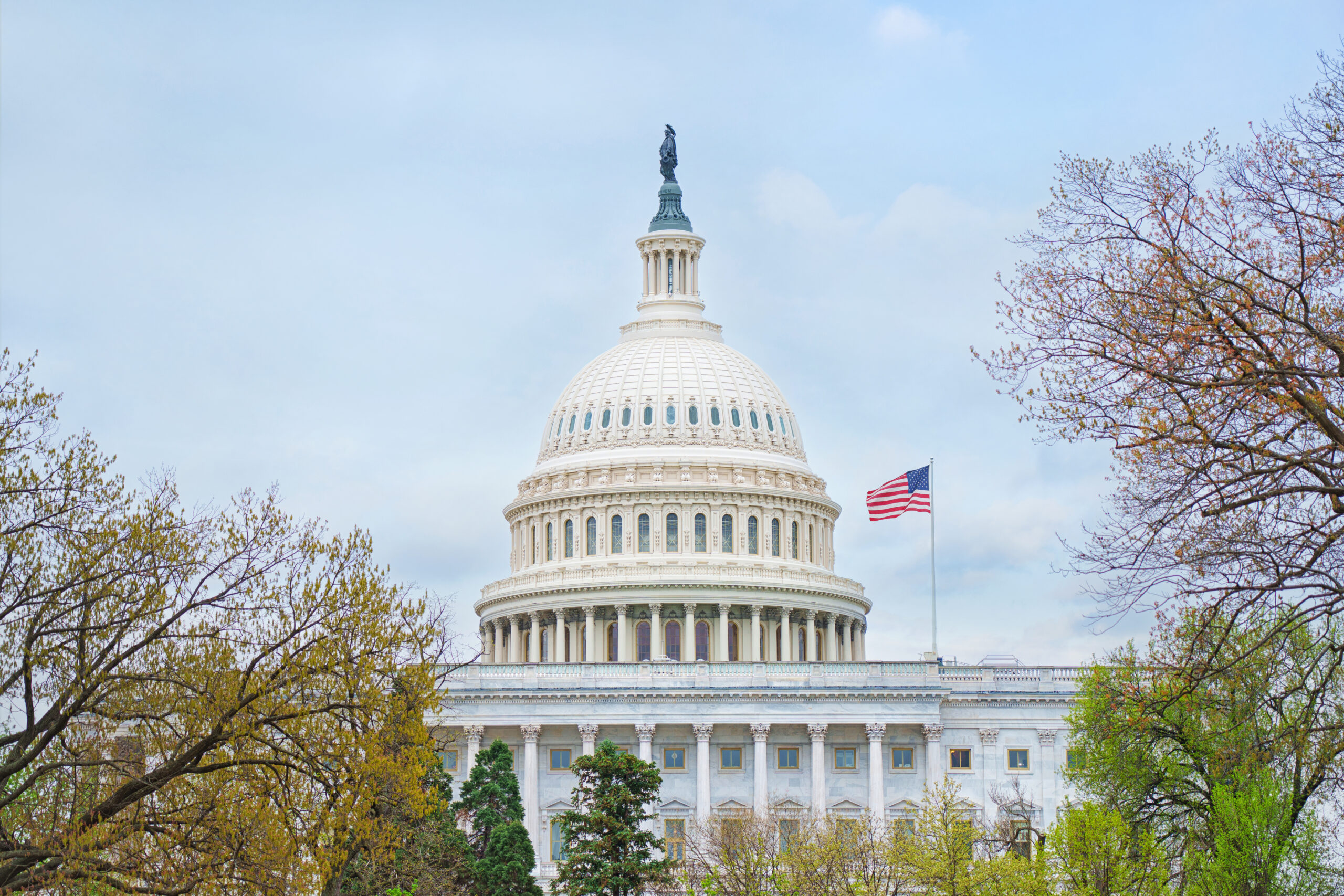By Steve Hughes, Senior Manager, U.S.
A new era of cooperation, without a merger
The joint SEC-CFTC roundtable that took place on September 29 signaled the end of the crypto “turf war”. Acting CFTC Chair Caroline D. Pham noted, “The turf war over crypto regulation is over… We’re not merging the agencies, that’s not on the table, but our bifurcation can evolve from a source of confusion into strength through targeted harmonization.”
This preserves the distinct SEC (securities) and CFTC (commodities/derivatives) roles, offering specialized expertise while demanding strategic dual agency management for registered investment advisors (RIAs) and hedge funds.
Crypto takes center stage as the top priority
Cryptocurrency dominated discussions, with the SEC Chairman Paul S. Atkins stating, “Crypto is job one for this agency… We’re charting a new course with rules over enforcement, harmonizing issuance, custody and trading to unlock tokenized assets and decentralized finance adoption without stifling innovation.”
Panels with JP Morgan, CME, Kraken and Polymarket explored rules to reduce overlap, easing tokenized asset integration. This benefits private equity firms with real-world asset tokenization and hedge funds that are eyeing domestic perpetual futures, though asset classification (e.g. securities vs commodities) remains a compliance challenge.
Balancing innovation with investor protection
Harmonization prioritizes adaptability, not deregulation. SEC Commissioner Mark T. Uyeda explained, “Regulatory disruption demands adaptability. Harmonization isn’t about easing rules arbitrarily, but ensuring robust protections as markets evolve to 24/7 crypto trading and real-world assets, and mitigating risks like liquidity gaps.”
This shift to rules-based oversight fosters U.S. blockchain leadership while upholding safeguards, aligning with RIA fiduciary duties, though SEC dominance could slow decentralized finance adoption.
Weighing tactical opportunities against risks
The roundtable painted a picture of tangible benefits from harmonization, but it’s not without trade-offs. On the upside, fewer dual filings could cut compliance costs, while tokenized assets promise liquidity boosts for private equity strategies. Hedging via prediction markets could become more straightforward, helping funds manage volatility in crypto-exposed assets. However, the cons are worth noting too. Short-term uncertainty during rulemaking might delay product launches, and if over-regulation takes hold, it could stifle smaller players. The key is balance: embrace the opportunities but build buffers for the risks.
Building a proactive compliance strategy
To capitalize on this shift, firms can’t afford to wait. We recommend updating your AML/KYC protocols now for on-chain integrations. Assess emerging tools like perpetual futures and prediction markers for hedging alignment with ERISA or CFTC exemptions and monitor the three- to six-month rulemaking horizon closely; legislation like the CLARITY Act could expand CFTC’s role further.
In practice, this means conducting internal audits to ensure your due diligence under Rule 204-2 accounts for harmonized standards. For hedge and private equity managers, it’s about tokenizing assets strategically to enhance exits without running into issues with the custody rules. A proactive approach can turn regulatory change into a competitive edge.
Looking forward
The joint roundtable marks a pivotal moment for U.S. financial markets, blending cooperation with bifurcation to drive crypto growth. While challenges remain, the emphasis on rules over enforcement opens doors for innovation savvy firms.
Please get in touch if you have any questions or if you wish to engage IQ-EQ to conduct a comprehensive compliance audit and strategic review of your digital asset and derivative portfolios. Our experienced team can help you navigate the SEC-CFTC’s harmonized framework and capitalize on emerging markets like crypto, perpetual futures and prediction markets ahead of the anticipated 2026 rulemaking.




